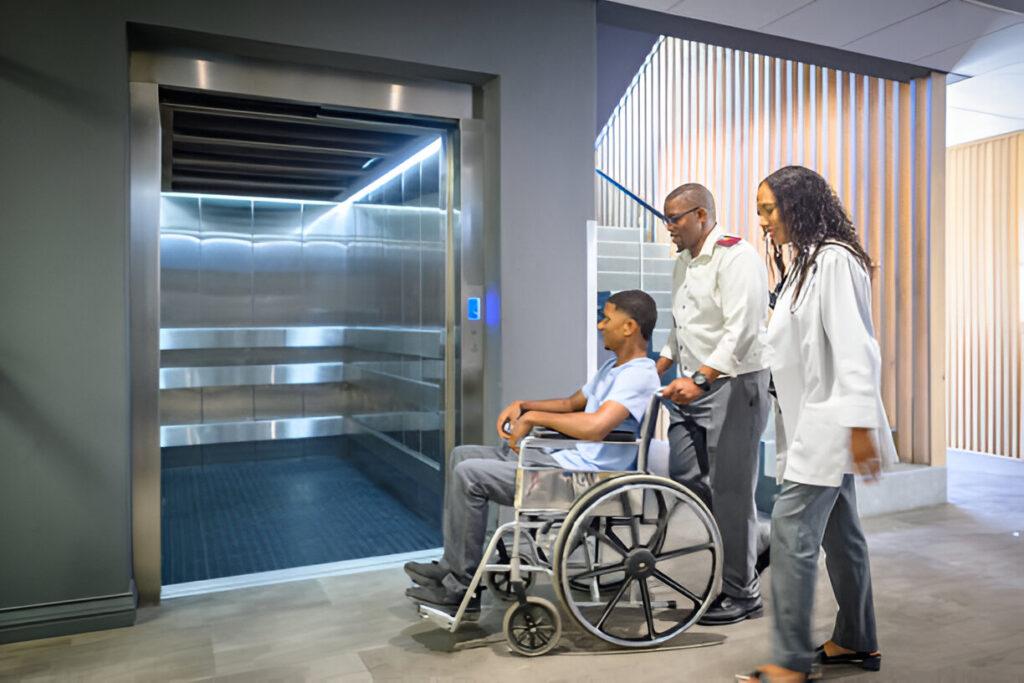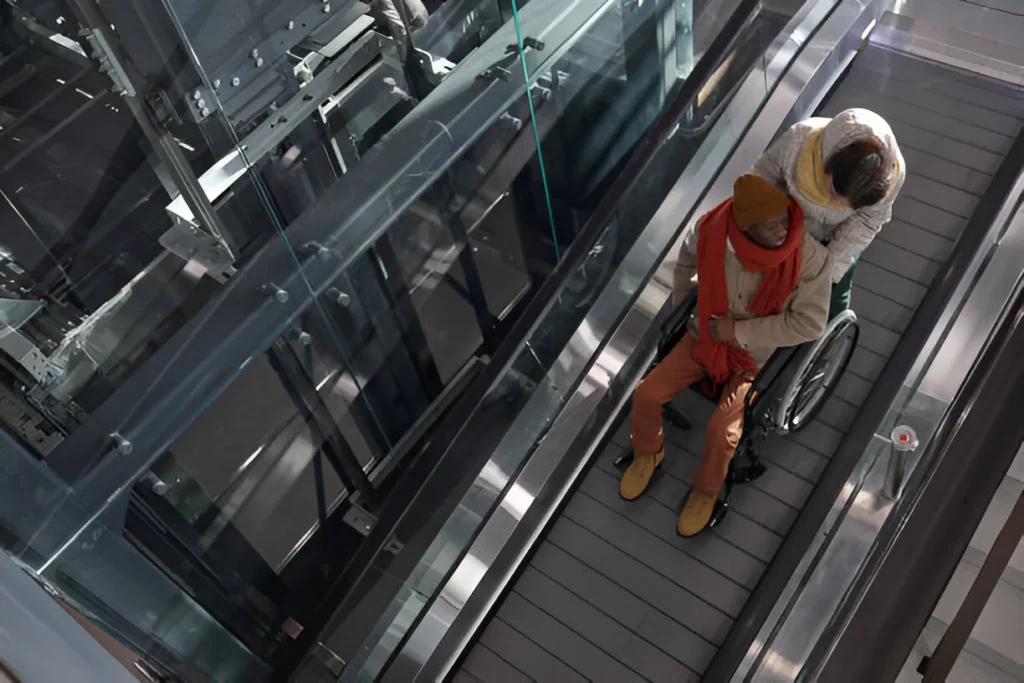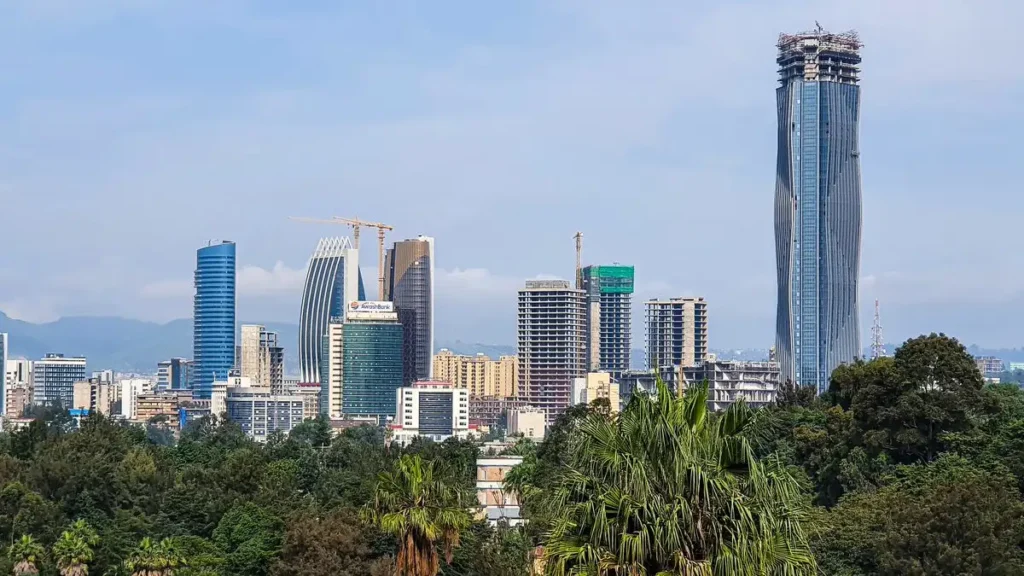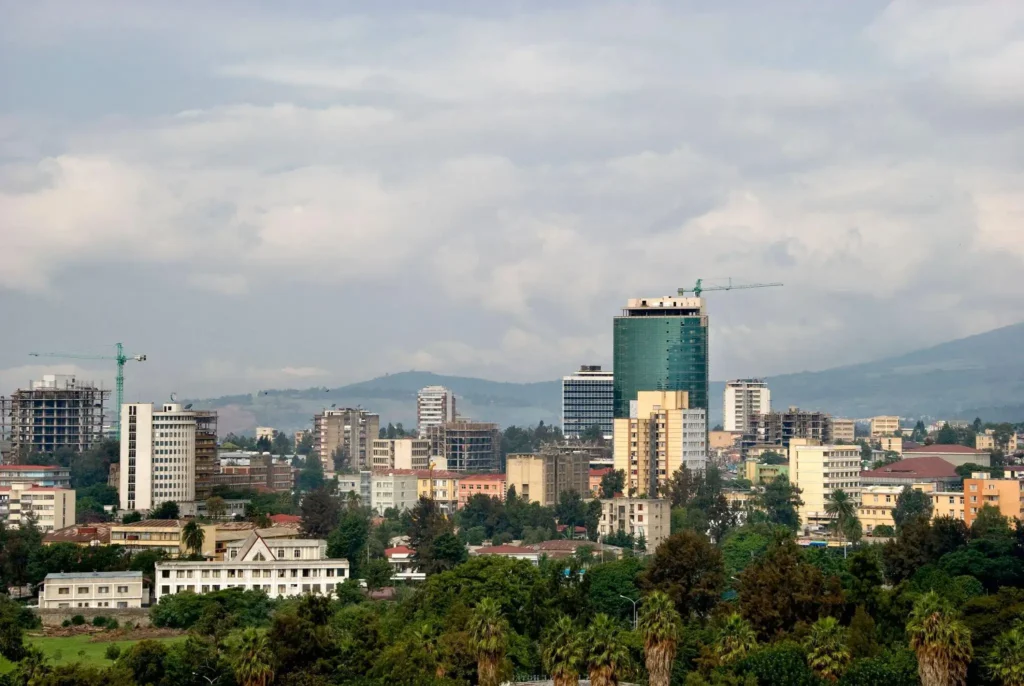In the modern world, accessibility is not just a luxury—it’s a fundamental right. As urban areas continue to expand vertically, elevators and escalators play a critical role in ensuring that everyone, regardless of physical ability, can navigate public and private spaces with ease. This article delves into the importance of inclusive design in vertical transportation and how it addresses the needs of people with disabilities, particularly in the Ethiopian context.
The Importance of Inclusive Design in Vertical Transportation
Inclusive design is about creating environments that are accessible to all, including people with disabilities. In vertical transportation, this means designing elevators and escalators that accommodate a wide range of physical abilities. For elevators, this could include features such as:
- Braille Buttons and Audio Indicators: These assist individuals with visual impairments in selecting floors and knowing which level they have arrived at.
- Wide Doors and Spacious Interiors: To accommodate wheelchairs, walkers, and other mobility aids.
- Low-Height Control Panels: Ensuring that control panels are accessible from a seated position.
- Automated Doors: These reduce the need for physical effort, making elevators more user-friendly for individuals with limited mobility.
Escalators, too, can be designed with accessibility in mind. Features such as extended handrails, clear visual indicators, and gentle inclines can help ensure safe and easy use by people with varying levels of physical ability.
Accessibility and the Ethiopian Context
In Ethiopia, where urbanization is rapidly increasing, the demand for accessible infrastructure is becoming more pressing. Addis Ababa and other major cities are seeing a rise in high-rise buildings, shopping malls, and public facilities, all of which require vertical transportation solutions. However, many existing buildings still lack the necessary infrastructure to accommodate people with disabilities.
The Ethiopian government has made strides in addressing these challenges by introducing regulations and guidelines that emphasize the importance of accessibility in new constructions. However, there is still much work to be done, particularly in retrofitting older buildings to meet modern accessibility standards.
IntelMotion, in partnership with Kleemann, is committed to advancing accessibility in vertical transportation across Ethiopia. By integrating inclusive design principles into our products and services, we aim to contribute to the creation of spaces that are accessible to all, ensuring that no one is left behind as the country continues to develop.

The Role of Elevators and Escalators in Inclusive Design
Elevators and escalators are more than just a means of transportation—they are a gateway to independence for people with disabilities. For many, these systems provide the only viable means of accessing different levels of a building, making their design crucial to ensuring full participation in daily life.
Elevators: Inclusive design in elevators focuses on ease of use and safety. Features like voice commands, visual floor indicators, and emergency call systems can significantly enhance the accessibility of elevators for people with disabilities. Furthermore, the implementation of smart elevator systems, which can be programmed to prioritize certain floors or user needs, can provide an even more personalized experience.
Escalators: While often overlooked, escalators also play an essential role in accessibility. For individuals who can walk but struggle with stairs, escalators offer a less physically demanding alternative. Ensuring that escalators have safety features such as slow start mechanisms, clear signage, and extended handrails can make them more accessible to a broader range of users.
Building an Inclusive Future in Ethiopia
As Ethiopia continues to grow, the need for accessible infrastructure will only increase. By prioritizing inclusive design in vertical transportation, we can ensure that all citizens, including those with disabilities, can navigate the built environment with dignity and independence.
At IntelMotion, we are proud to be at the forefront of this movement. Our commitment to accessibility is reflected in every product we design and every project we undertake. As we continue to work alongside partners like Kleemann, we are dedicated to building a future where vertical transportation is accessible to all.
Conclusion
Accessibility in vertical transportation is not just a technical requirement—it’s a societal obligation. By embracing inclusive design, we can create spaces that are welcoming and usable for everyone, regardless of physical ability. In Ethiopia, where urban growth presents both opportunities and challenges, the integration of accessible elevators and escalators is key to building a truly inclusive society.
If you are interested in learning more about how IntelMotion is leading the way in accessible vertical transportation solutions, or if you would like to discuss how we can help make your building more accessible, please don’t hesitate to contact us.



